From Jung to Contemporary Thought
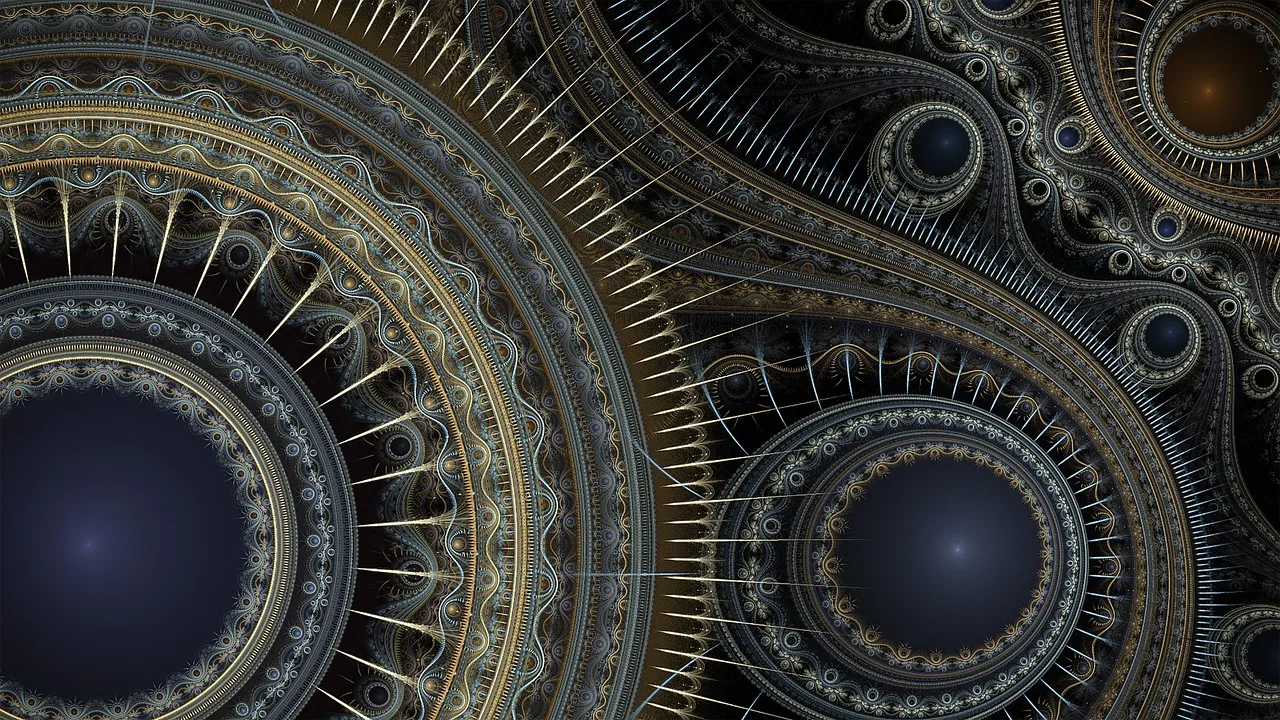
Patterns of Self
The concept of archetypes is one of the most enduring and influential ideas to emerge from the work of Swiss psychiatrist Carl Gustav Jung. Archetypes are universal patterns of behavior, images, and symbols that Jung believed reside within the collective unconscious of humanity. They are not individual-specific but are shared across cultures and throughout history, shaping our understanding of the world and our place within it.
This paper will explore the origins and development of the concept of archetypes in Jung’s thought, tracing its roots in his intellectual influences and examining some of the key archetypes he identified. We will then survey the various directions that post-Jungian thinkers have taken the idea, highlighting different interpretations and applications across schools of thought. In doing so, we will illustrate the rich legacy and ongoing relevance of archetypes in contemporary psychology and beyond.
Jung’s Intellectual Influences
To understand Jung’s conception of archetypes, it’s important to situate it within the broader context of his intellectual development and the ideas that shaped his thinking. Some key influences include:
Jung was deeply influenced by Plato’s idea that there exist eternal, ideal forms or templates that underlie all particular instances of a thing. This notion of universal patterns would later inform Jung’s understanding of archetypes as innate structures within the psyche (Reppen, 1985).
Kant’s Categories:
Immanuel Kant’s theory of a priori categories of understanding, which shape our perception and cognition, also had a significant impact on Jung. Kant’s ideas suggested that the mind is not a blank slate but comes equipped with innate structures that organize experience (Bishop, 2000).
Comparative Mythology:
Jung was fascinated by the recurring themes and motifs found across different mythologies and religions worldwide. He saw these common patterns as evidence of universal psychological structures shared by all humans (Walker, 1995).
Jung was also influenced by the emerging field of evolutionary theory and its suggestion that certain traits and behaviors could be inherited across generations. This idea of inherited psychological structures would inform his notion of the collective unconscious (Stevens, 1994).
These intellectual currents converged in Jung’s thinking to produce the concept of archetypes as universal, innate patterns within the human psyche that shape our experience and behavior.
Key Jungian Archetypes
In his writings, Jung identified a number of key archetypes that he believed were particularly significant in shaping human psychology. Some of the most prominent include:
The Self:
The central archetype representing the unity and wholeness of the personality. The Self is the organizer of the psyche, guiding the process of individuation towards integration of all aspects of the self (Jung, 1968).
The Shadow:
The archetype representing the repressed, disowned, or unknown aspects of the personality. The Shadow often contains qualities that the ego finds unacceptable or threatening and so relegates to the unconscious (Jung, 1959).
The Anima/Animus:
The contrasexual archetypes representing the feminine within the male (anima) and the masculine within the female (animus). These archetypes mediate interactions with the opposite sex and the integration of contrasexual qualities within the personality (Jung, 1966).
The Persona:
The archetype of the social mask, representing the face we present to the world. The Persona helps us adapt to societal norms and expectations but can become problematic if over-identified with (Jung, 1953).
The Hero:
The archetype of the courageous figure who confronts challenges, overcomes adversity, and achieves great deeds. The Hero’s journey is often seen as a metaphor for the process of individuation and self-realization (Jung, 1956).
These are just a few of the many archetypes Jung explored in his work. He believed that archetypes manifest in dreams, myths, fairy tales, and other symbolic expressions of the unconscious, providing clues to the deep structures of the psyche.
Post-Jungian Interpretations
Since Jung’s time, the concept of archetypes has been taken up by a wide range of thinkers and applied in diverse fields beyond analytical psychology.
Some key developments include:
Archetypal Psychology:
Founded by James Hillman, this school emphasizes the autonomy and diversity of archetypes, seeing them not as fixed entities but as fluid and contextual patterns of meaning. Hillman critiqued the notion of a central Self and instead advocated for a “polytheistic” view of the psyche (Hillman, 1985).
Developmental Approaches:
Some post-Jungians, like Erich Neumann and Edward Edinger, have explored how archetypes unfold and manifest at different stages of life. They see psychological development as a process of engaging with archetypal themes and integrating their lessons (Neumann, 1954; Edinger, 1972).
Somatic Approaches:
Thinkers like Marion Woodman and Arnold Mindell have emphasized the embodied nature of archetypes, seeing them not just as mental constructs but as deeply rooted in the body and its felt sense. They work with archetypes through movement, touch, and other somatic practices (Woodman, 1993; Mindell, 1982).
Story and Myth:
Many post-Jungians, such as Joseph Campbell and Clarissa Pinkola Estés, have explored archetypes as recurring patterns in stories, myths, and folktales across cultures. They see these narrative structures as reflecting deep truths about the human experience and as offering guidance for individual growth and transformation (Campbell, 1949; Estés, 1992).
Socio-Political Approaches:
Some thinkers have applied archetypal ideas to social and political issues, exploring how archetypal patterns shape group behavior and collective events. For example, Robert Moore and Douglas Gillette (1991) have written about the “King,” “Warrior,” “Magician,” and “Lover” as core masculine archetypes that inform male identity and societal roles.
These varied approaches illustrate the enduring generatively and flexibility of the archetypal concept. Rather than a fixed taxonomy, archetypes have proven to be a rich and adaptable framework for exploring the depths of the human psyche and experience.
Archetypal Astrology and Cosmology:
Post-Jungians like Liz Greene, Howard Sasportas, Richard Tarnas, and Stanislav Grof have explored the connections between astrology, cosmology, and depth psychology. Greene and Sasportas developed sophisticated astrological frameworks linking planetary archetypes to personality patterns and life cycles (Greene, 1976; Sasportas, 1989). Tarnas’s Cosmos and Psyche (2006) proposed an “archetypal cosmology” correlating planetary alignments with patterns in history and culture. Grof’s work on holotropic states and “archetypes of the collective unconscious” also expanded Jung’s framework into transpersonal realms (Grof, 1975, 1988).
Archetypology and Beebe’s Model:
Laurence Hillman, son of James Hillman, developed his archetypology as a comprehensive system of 12 archetype families drawing on astrology, numerology, and other esoteric traditions (Hillman & Burt, 2016). John Beebe elaborated a model of eight function-attitudes, linking Jung’s cognitive functions and unconscious complexes to archetypal patterns (Beebe, 2004). Both models offer innovative frameworks for mapping the archetypal underpinnings of personality.
Gendered Archetypes and the Soul:
Jean Shinoda Bolen, Robert Bly, Marion Woodman, Robert Moore, and Ginette Paris have explored the archetypal dimensions of gender, soul, and embodiment. Bolen’s Goddesses in Everywoman (1984) and Gods in Everyman (1989) articulated feminine and masculine archetypes drawn from Greek mythology. Bly’s Iron John (1990) and Moore and Gillette’s King, Warrior, Magician, Lover (1991) sought to recover positive masculine archetypes. Woodman’s The Pregnant Virgin (1985) and The Ravaged Bridegroom (1990) explored feminine individuation and embodiment. Paris’s Pagan Grace (1990) and Pagan Meditations (1998) envisioned a soulful, embodied psychology rooted in Greek polytheism.
Archetypal Criticism and Creativity:
Bettina Knapp, Susan Rowland, Shaun McNiff, and Terrie Waddell have applied archetypal ideas to literature, art, film, and creative practice. Knapp pioneered archetypal literary criticism in works like Archetype, Architecture, and the Writer (1984). Rowland’s C. G. Jung in the Humanities (2010) surveyed Jungian approaches to literature, film, and visual art. McNiff’s numerous books, such as Art as Medicine (1992), have explored the healing power of archetypal imagery in art therapy. Waddell’s Mis/takes (2006) analyzed archetypal themes in cinema through a Jungian lens.
Archetypes, Spirituality, and the Sacred:
Thomas Moore, David Tacey, and Christine Downing have explored the spiritual and sacred dimensions of archetypes. Moore’s Care of the Soul (1992) and The Soul’s Religion (2002) articulated a soulful, contemplative approach to cultivating archetypal depth. Tacey’s Jung and the New Age (2001) and The Spirituality Revolution (2004) examined the resurgence of sacred experience and archetypal spirituality in the postmodern world. Downing’s numerous works, such as The Goddess (1981) and Myths and Mysteries of Same-Sex Love (1989), have drawn on Greek mythology and Jungian thought to reimagine the sacred in feminist and queer-affirmative ways.
Archetypes, Neuroscience, and Evolutionary Theory:
Contemporary Jungians like Margaret Wilkinson, Christian Roesler, and Anthony Stevens have sought to integrate archetypal theory with findings from neuroscience and evolutionary psychology. Wilkinson’s Coming into Mind (2006) explored the relevance of developmental neuroscience to Jungian thought. Roesler (2013) proposed an integrated model linking archetypal complexes to neural networks and subcortical structures. Stevens’s Archetype Revisited (2002) and Evolutionary Psychiatry (2016) grounded archetypes in ethology and evolutionary theory, proposing a “Jungian paradigm for the 21st century.”
Legacy of the Archetypes
Jung’s idea of universal patterns shaping human experience has inspired a wide range of theoretical elaborations, therapeutic practices, and cultural applications.
One of the enduring questions surrounding the nature of archetypes is whether they are best understood as emerging from a spiritual or scientific materialist source. Jung himself never made a definitive determination on this matter, and in fact, made several seemingly contradictory statements over the course of his career. As a phenomenologist, Jung primarily relied on intuition and feeling when it came to questions of causality, only building theoretical constructs after they had been independently replicated and confirmed by intuition multiple times, as well as validated by the observations of peers and patients as a legitimate technique.
Some critics argue that archetypes are not truly scientific because they cannot be falsified through empirical means. However, scholars like David Tacey (2001) have suggested that archetypes represent a new era of “post-secular sacred science,” bridging the realms of the logosphere (the world of reason and language) and the eikonosphere (the world of images and symbols). From this perspective, archetypes could be seen as an emergent phenomenon arising from the overlap and interaction of these two fundamental domains of human experience.
While archetypes may not be amenable to traditional forms of objective validation, they can be understood as empirical in the sense that they are validated by a kind of collective intuition or consensus within the shared unconscious. Like gravity wells in the psyche, archetypes exert a powerful influence on our thoughts, feelings, and behaviors, even if we are not consciously aware of their presence. They are the invisible forces that guide our psychological navigation, shaping our perceptions, values, and life paths in profound ways.
Within the Jungian community, there have been ongoing debates and splits between those who favor a more materialist, scientific understanding of archetypes and those who emphasize their spiritual or transpersonal dimensions. Jung talked about them as radio broadcasts we recieve but are unclear of the original source, A spiritual metaphysics, anthropology, biology, or evoloutionary psychology. Some contemporary Jungians, like James Hollis (2000), have sought to validate both perspectives, recognizing the value of multiple epistemologies in approaching the complexity of the psyche.
Ultimately, from a clinical perspective, the ontological status of archetypes may be less important than their pragmatic value as tools for facilitating growth and healing. As a therapist, I appreciate the flexibility and inclusivity of the archetypal framework, which allows me to create a safe and validating space for clients with diverse beliefs and worldviews. Whether someone is more oriented towards the outer, external world or the inner, subjective realm, I can use the language of archetypes to help them feel seen, understood, and supported in their unique journey.
Moreover, by working with archetypes, I can gently guide clients to explore and integrate the “other side” of themselves – the qualities, potentials, and modes of being that may have been neglected, repressed, or underdeveloped. Each archtype can be used to help a client understand the inner or outer world as the archetypes become discernable ways to see the projection and reflection of who we really are around our blindspots. The lessons and challenges encoded in archetypal narratives provide a rich source of inspiration and guidance for this process of self-discovery and wholeness.
As we continue to evolve our understanding of archetypes in light of new scientific findings, cultural developments, and shifted paradigms, it is clear that Jung’s seminal concept will remain a generative and transformative force in psychology and beyond. The archetypes remind us of the profound depths and mysteries of the psyche, even as they call us to embody our fullest potential as individuals and as a species. In honoring their legacy, we keep alive the soul of Jung’s work and the collective wisdom of the human journey.
Time Line of the Development of Archetypal Theory:
1919-1961:
Carl Jung’s Foundational Work
Jung develops his theory of archetypes and the collective unconscious in works like Psychological Types (1921), Two Essays on Analytical Psychology (1928), and The Archetypes and the Collective Unconscious (1934-1954).
1960s-1980s:
Mythological Approaches
Joseph Campbell’s The Hero with a Thousand Faces (1949) and subsequent works popularize archetypal ideas and comparative mythology. James Hillman’s “archetypal psychology” emphasizes the autonomy of archetypes as fundamental patterns of meaning (Hillman, 1975).
1970s-1990s:
Gendered Archetypes
Post-Jungians like Jean Shinoda Bolen (Goddesses in Everywoman, 1984), Robert Bly (Iron John, 1990), and Marion Woodman (The Pregnant Virgin, 1985) explore masculine and feminine archetypes and their role in shaping gender identity and wounding.
1990s-2000s:
Archetypal Cosmology
Richard Tarnas’s Cosmos and Psyche (2006) proposes an “archetypal cosmology” linking planetary archetypes to patterns in history and culture. Stanislav Grof’s work on holotropic states and “archetypes of the collective unconscious” also expands Jung’s framework (Grof, 1998).
1990s-Present:
Archetypal Coaching
Archetypologist and Astrologer Laurence Hillman, son of James Hillman, develops his “archetypology” as a comprehensive system of 12 archetypes for coaching and executive mentoring that integrates astrology, numerology, and other esoteric traditions (Hillman, 2016).
MBTI Applications
John Beebe elaborates a model of eight function-attitudes, linking Jung’s cognitive functions and unconscious complexes to archetypal patterns (Beebe, 2004). His work has been influential among many contemporary Jungian analysts.
2000s-Present:
Neuroscientific Approaches
Jungian analysts like Margaret Wilkinson (2006) and Christian Roesler (2013) explore the intersections of archetypal theory and neuroscience, seeking to ground Jung’s ideas in contemporary scientific frameworks.
Archetypes in Film and Media
Jungian applications to film theory and media studies expand, with authors like John Izod (2001), Christopher Hauke (2001), and Terrie Waddell (2006) using archetypal frameworks to analyze cinematic symbolism and narratives.
References
Bishop, P. (2000). Synchronicity and intellectual intuition in Kant, Swedenborg, and Jung. Edwin Mellen Press.
Campbell, J. (1949). The hero with a thousand faces. Pantheon Books.
Edinger, E. F. (1972). Ego and archetype: Individuation and the religious function of the psyche. Putnam.
Estés, C. P. (1992). Women who run with the wolves: Myths and stories of the wild woman archetype. Ballantine Books.
Hillman, J. (1985). Archetypal psychology: A brief account. Spring Publications.
Jung, C. G. (1953). Two essays on analytical psychology (R. F. C. Hull, Trans.). Bollingen Foundation.
Jung, C. G. (1956). Symbols of transformation: An analysis of the prelude to a case of schizophrenia (R. F. C. Hull, Trans.). Princeton University Press.
Jung, C. G. (1959). Aion: Researches into the phenomenology of the Self (R. F. C. Hull, Trans.). Princeton University Press.
Jung, C. G. (1966). The practice of psychotherapy: Essays on the psychology of the transference and other subjects (R. F. C. Hull, Trans.). Princeton University Press.
Jung, C. G. (1968). The archetypes and the collective unconscious (R. F. C. Hull, Trans.). Princeton University Press.
Mindell, A. (1982). Dreambody: The body’s role in revealing the self. Sigo Press.
Moore, R., & Gillette, D. (1991). King, warrior, magician, lover: Rediscovering the archetypes of the mature masculine. HarperCollins.
Neumann, E. (1954). The origins and history of consciousness (R. F. C. Hull, Trans.). Princeton University Press.
Reppen, J. (1985). Jungian Man and Platonic Myth. Journal of Analytical Psychology, 30(2), 179-192.
Stevens, A. (1994). Jung: A very short introduction. Oxford University Press.
Walker, S. F. (1995). Jung and the Jungians on myth: An introduction. Garland Publishing.
Woodman, M. (1993). Conscious femininity: Interviews with Marion Woodman. Inner City Books.



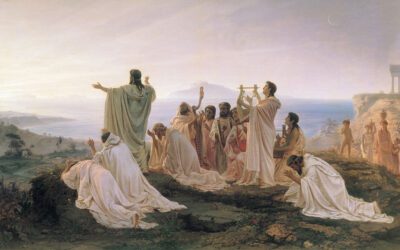
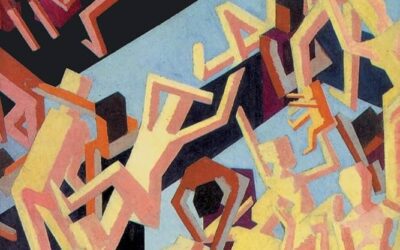
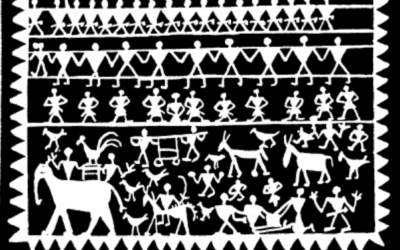

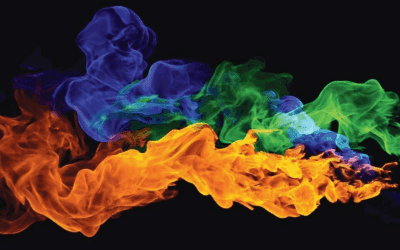

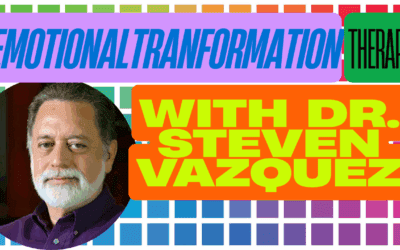


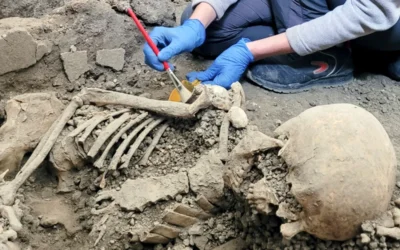













0 Comments